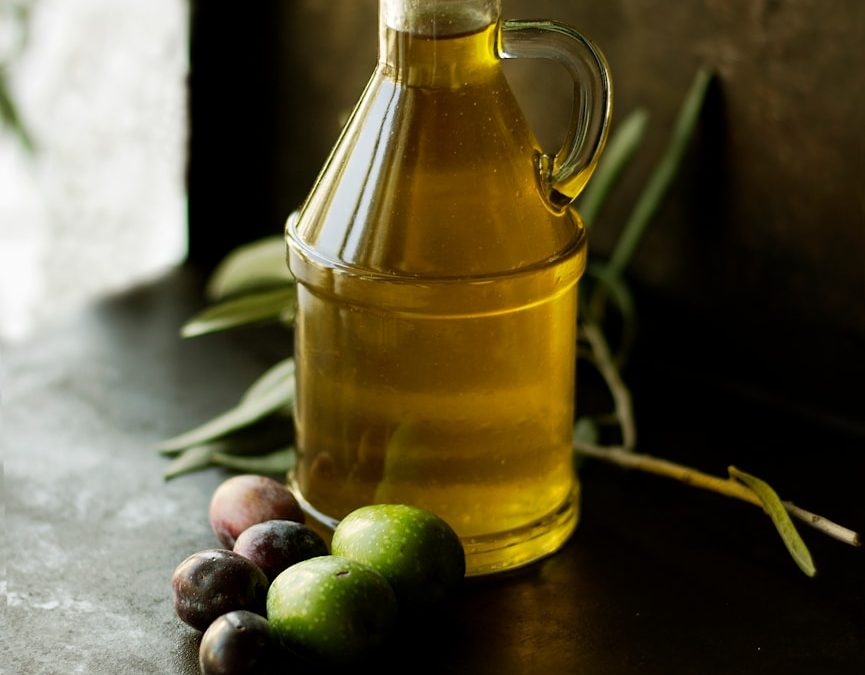Contents
- 1 Neem Oil for Indoor Plants (Proven Uses, Benefits & How to Apply)
- 1.1 What Is Neem Oil and Why Is It So Effective?
- 1.2 Common Problems Neem Oil Solves
- 1.3 How to Use Neem Oil on Indoor Plants
- 1.4 Best Practices for Neem Oil Success
- 1.5 Precautions When Using Neem Oil
- 1.6 FAQ: Neem Oil for Indoor Plants
- 1.7 Related Articles
- 1.8 Final Thoughts on Neem Oil for Indoor Plants
Neem Oil for Indoor Plants (Proven Uses, Benefits & How to Apply)
If your indoor plants are struggling with pests or fungus, neem oil might be the all-natural solution you’ve been looking for. This ancient oil, derived from the neem tree, is one of the most effective and beginner-friendly remedies for keeping houseplants healthy—without harsh chemicals.
In this guide, you’ll learn exactly what neem oil is, how to use it, and the proven ways it protects indoor plants from common problems like aphids, fungus gnats, and powdery mildew.
What Is Neem Oil and Why Is It So Effective?
Neem oil comes from the seeds of the neem tree (Azadirachta indica), which is native to India and used in traditional remedies for centuries. For plants, it works as:
Insect repellent – disrupts pest feeding and reproduction.
Fungicide – prevents fungal spores from germinating.
Natural leaf shine – keeps leaves healthy and dust-free.
Its active compound, azadirachtin, makes it toxic to many common indoor plant pests while remaining safe for people, pets, and beneficial insects.
Common Problems Neem Oil Solves
Neem oil is incredibly versatile, making it a must-have for every indoor gardener.
1. Controls Insect Pests
Neem oil targets pests like:
Aphids
Mealybugs
Spider mites
Whiteflies
Scale insects
Fungus gnats
It doesn’t kill pests instantly but disrupts their life cycle, eventually wiping out infestations.
2. Fungal Disease Prevention
Neem oil also protects plants from common fungal issues such as:
Powdery mildew
Black spot
Rust
Leaf spot
When sprayed on leaves, it creates a protective barrier that prevents fungi from spreading.
3. Natural Leaf Shine
Unlike harsh chemical sprays, neem oil doubles as a gentle leaf shine—keeping leaves glossy while still breathable.
How to Use Neem Oil on Indoor Plants
Correct application is the key to success with neem oil. Here’s a simple step-by-step guide:
Step 1: Mix Your Spray Solution
1 liter of water
2 teaspoons neem oil
1 teaspoon mild liquid soap (as emulsifier)
Shake well before each use.
Step 2: Apply to Leaves
Spray both top and underside of leaves.
Focus on stems and any visible pests.
Step 3: Soil Drench (Optional)
For pests like fungus gnats, pour a diluted neem solution into the soil. This helps eliminate larvae at the root level.
👉 You can try pure cold-pressed neem oil on Amazon here.
Best Practices for Neem Oil Success
Always test spray on one leaf before treating the whole plant.
Apply in the evening to avoid leaf burn from sunlight.
Repeat every 7–14 days until pests are gone.
Store neem oil in a cool, dark place (it degrades in light/heat).
Avoid overuse—too much oil can clog leaf pores.
Precautions When Using Neem Oil
Avoid edible plants indoors unless product is food-safe.
Keep away from children and pets while spraying.
Strong smell—ventilate the room for a few hours after application.
FAQ: Neem Oil for Indoor Plants
Can I use neem oil on all houseplants?
Yes, but avoid delicate plants like ferns and succulents with waxy leaves. Always do a patch test.
How often should I use neem oil?
Every 7–14 days is ideal. Use more frequently (every 5–7 days) during heavy infestations.
Will neem oil kill beneficial insects?
No, when applied correctly, neem oil is safe for pollinators and beneficial bugs, since it only affects pests that chew or suck on leaves.
Related Articles
Final Thoughts on Neem Oil for Indoor Plants
Neem oil is truly one of the most versatile and proven natural remedies for houseplants. Whether you’re battling aphids, fungus gnats, or powdery mildew, neem oil offers an all-in-one solution that’s safe, effective, and eco-friendly.
The key is consistency—apply neem oil correctly and regularly, and your indoor garden will thrive pest-free. Pair this with proper watering, airflow, and plant hygiene, and you’ll create the perfect environment for strong, healthy growth.
For more details on neem oil use, visit the Gardeningknowhow guide.

